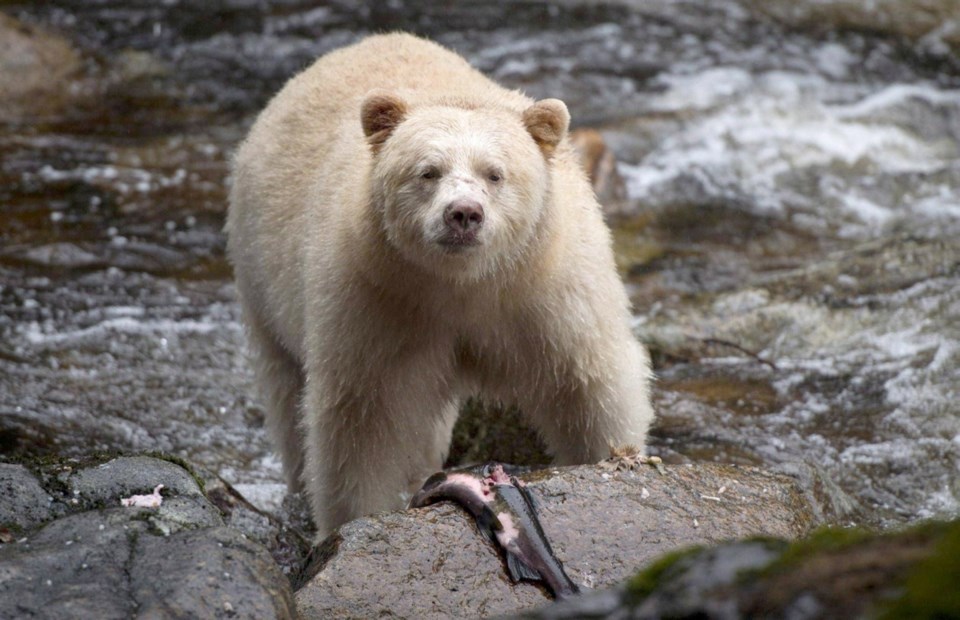Gov. Gen. Julie Payette kicked off the 43rd session of Parliament by presenting Prime Minister Trudeau’s priorities for his second term in her speech from the throne.
The throne speech outlined an essential vision for nature’s future in Canada: preserve 25 per cent of Canada’s land and ocean by 2025.
B.C. has a critical role in supporting that commitment. Having North Vancouver MP Jonathan Wilkinson as the minister of environment and climate change puts B.C. in an ideal position to be a leader in Canada on meeting and exceeding Canada’s climate and conservation targets.
At Canadian Parks and Wilderness Society B.C., we strongly support Canada’s focus on tackling the dual crises of the loss of wild spaces and the disastrous effects of climate change. In B.C., we’re facing these challenges already, in shrinking caribou populations and disappearing resident orcas. The “new normal” in B.C. includes disastrous forest fires and floods. We need ambitious nature-based climate solutions.
To make B.C. a safe haven from climate change for species living here — including folks like you and me — meaningful, actionable co-operation between groups is what’s needed to safeguard our future health, well-being and longevity.
What does this kind of co-operation look like? This fall, the New Brunswick provincial government committed to doubling land and fresh water protections by 2021. The announcement represents a combined effort of the Progressive Conservative provincial government, Liberal federal government, Indigenous governments, environmental groups and other stakeholders. The effort netted the province $14 million for land conservation through the federal government’s Nature Fund.
A critical collaboration in this battle against climate change is with Indigenous governments. The Great Bear Rainforest is living proof of what can happen when federal, provincial and Indigneous governments partner with stakeholders for nature. These partners, along with environmental organizations and other stakeholders, worked together for more than a decade to protect this precious wilderness.
Momentum is building for these kinds of partnerships. In August, the federal government announced investment via the Nature Fund for 67 conservation projects across Canada, including 27 new Indigenous Protected and Conserved Areas. These projects are especially relevant given Bill 41, which enshrines the UN Declaration on the Rights of Indigenous Peoples into the B.C. statutes framework, was passed last week.
Add to this the fact that there were dozens more applications put forward to the federal government by Indigenous governments that were not yet funded but could create a framework for meeting and exceeding the federal targets.
Working together, we can deliver on the target outlined in this week’s throne speech: 25 per cent of land and ocean protected by 2025. Together, the provincial, federal and Indigenous governments can be a global leader in nature-based solutions to climate change. Nature is B.C.’s best hope for a prosperous and sustainable future.
Bruce Passmore is executive director of the B.C. chapter of the Canadian Parks and Wilderness Society.



